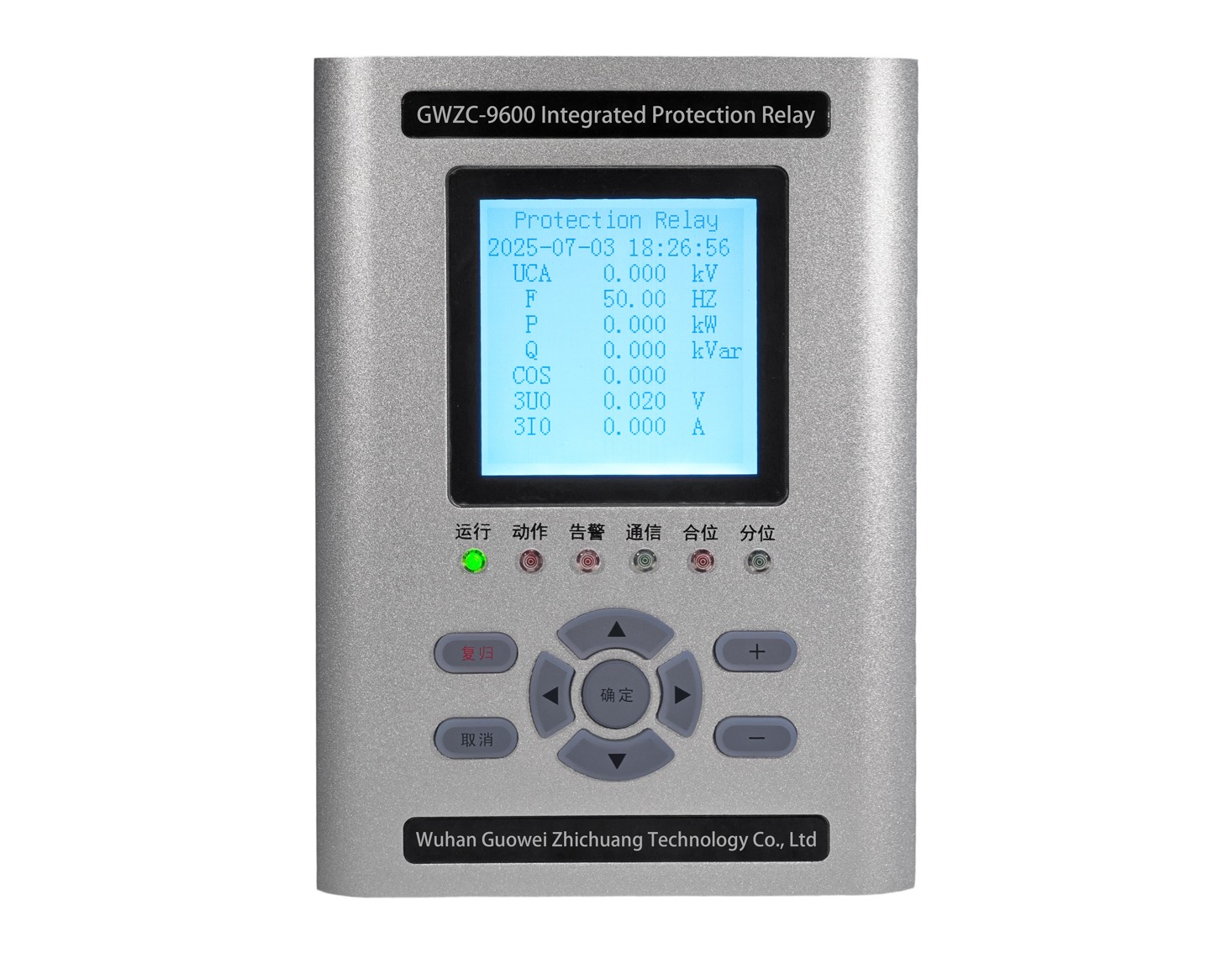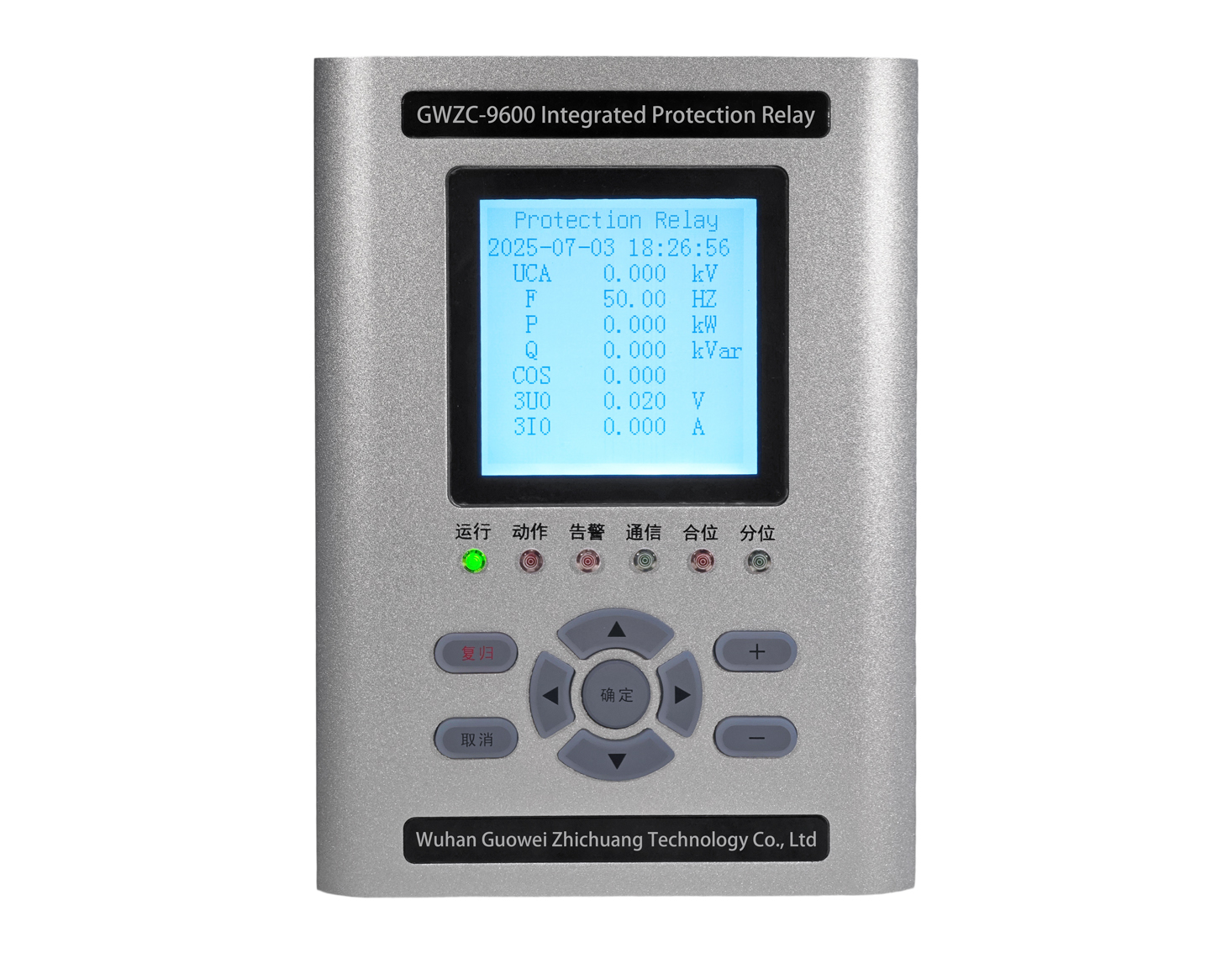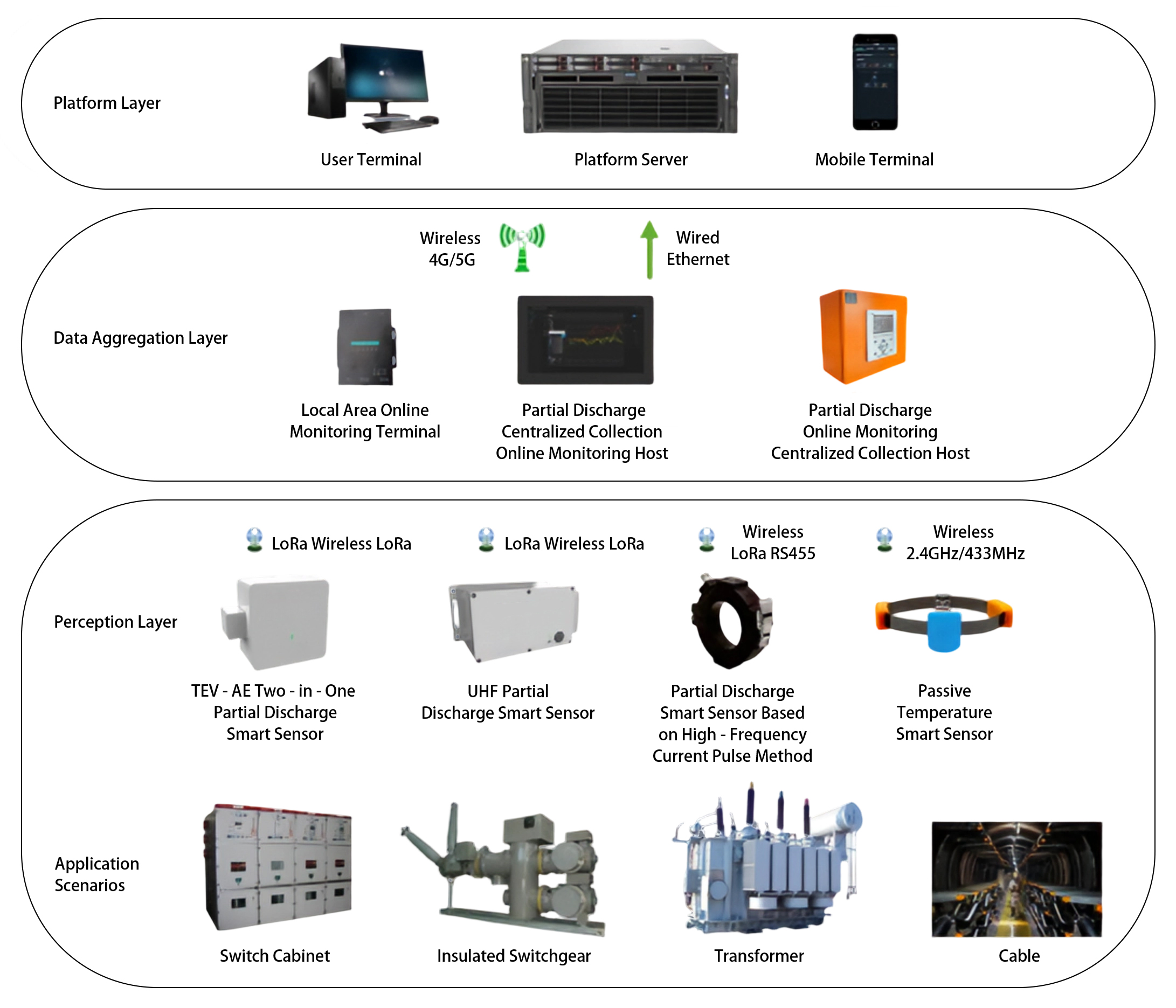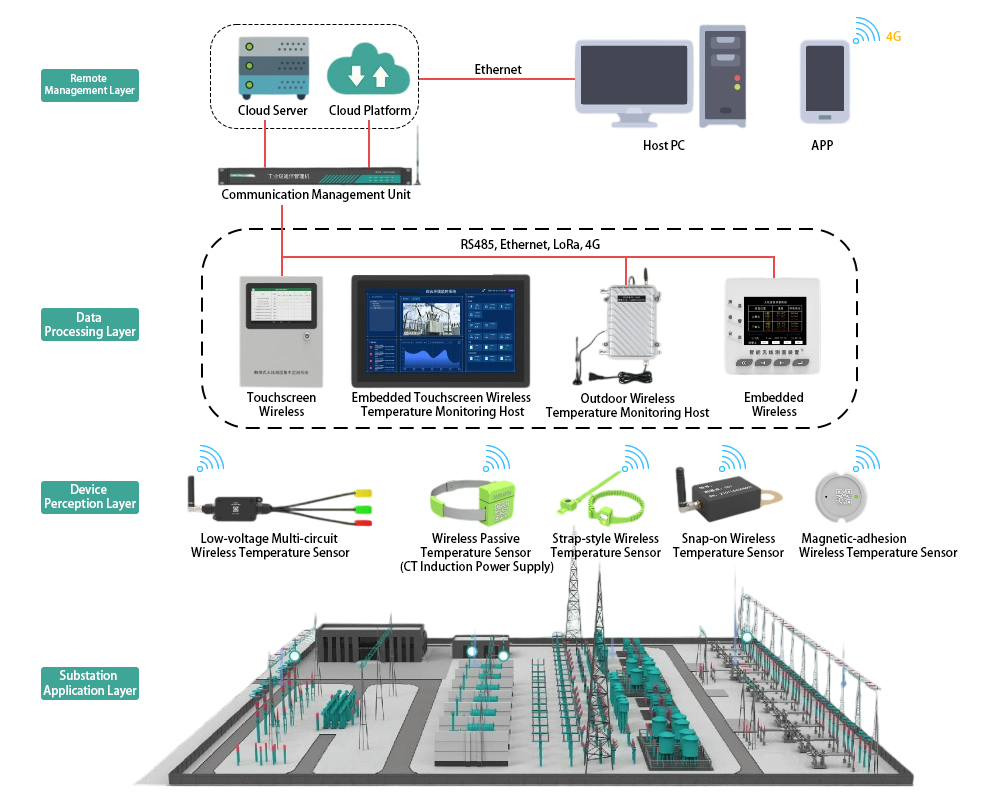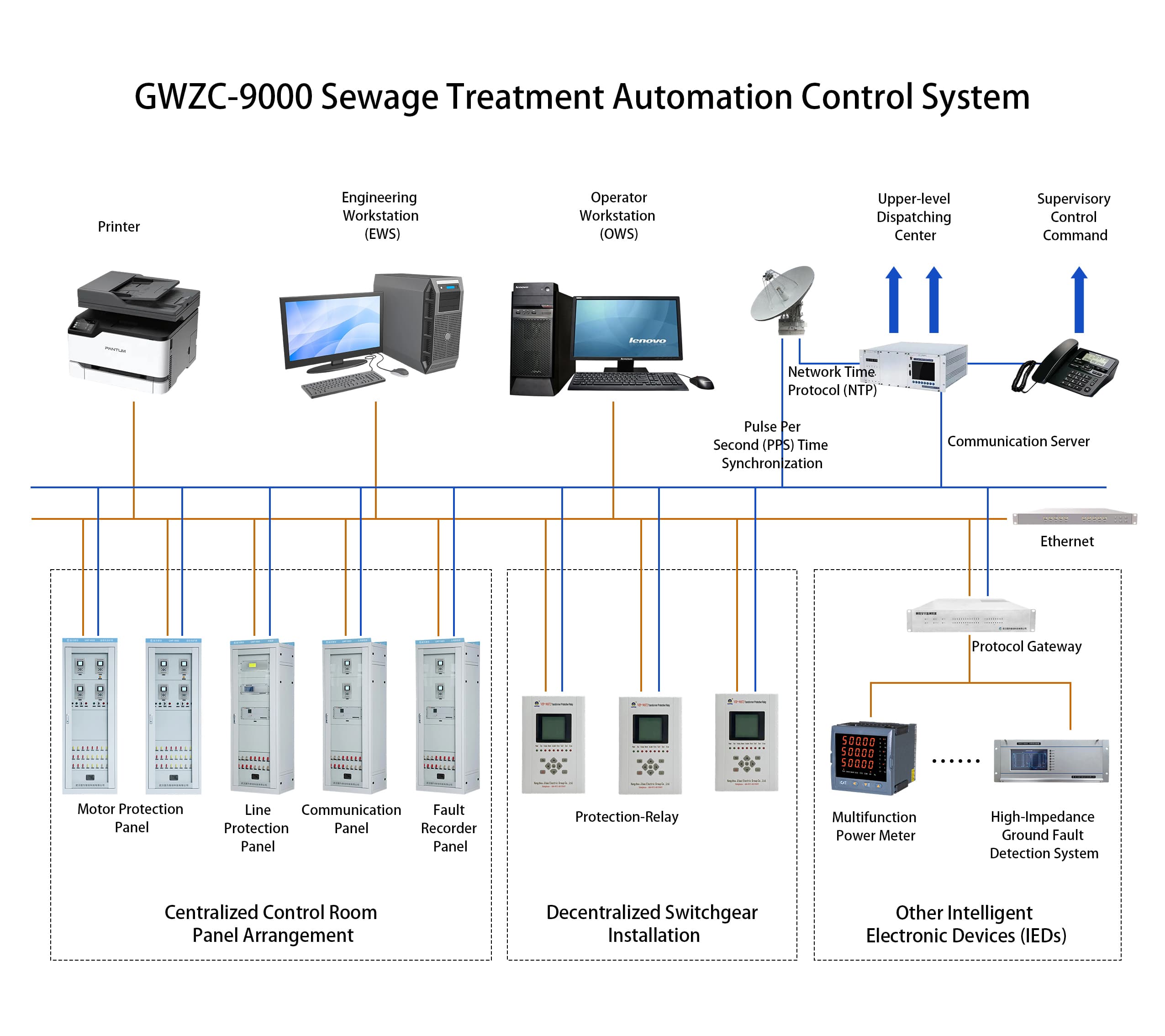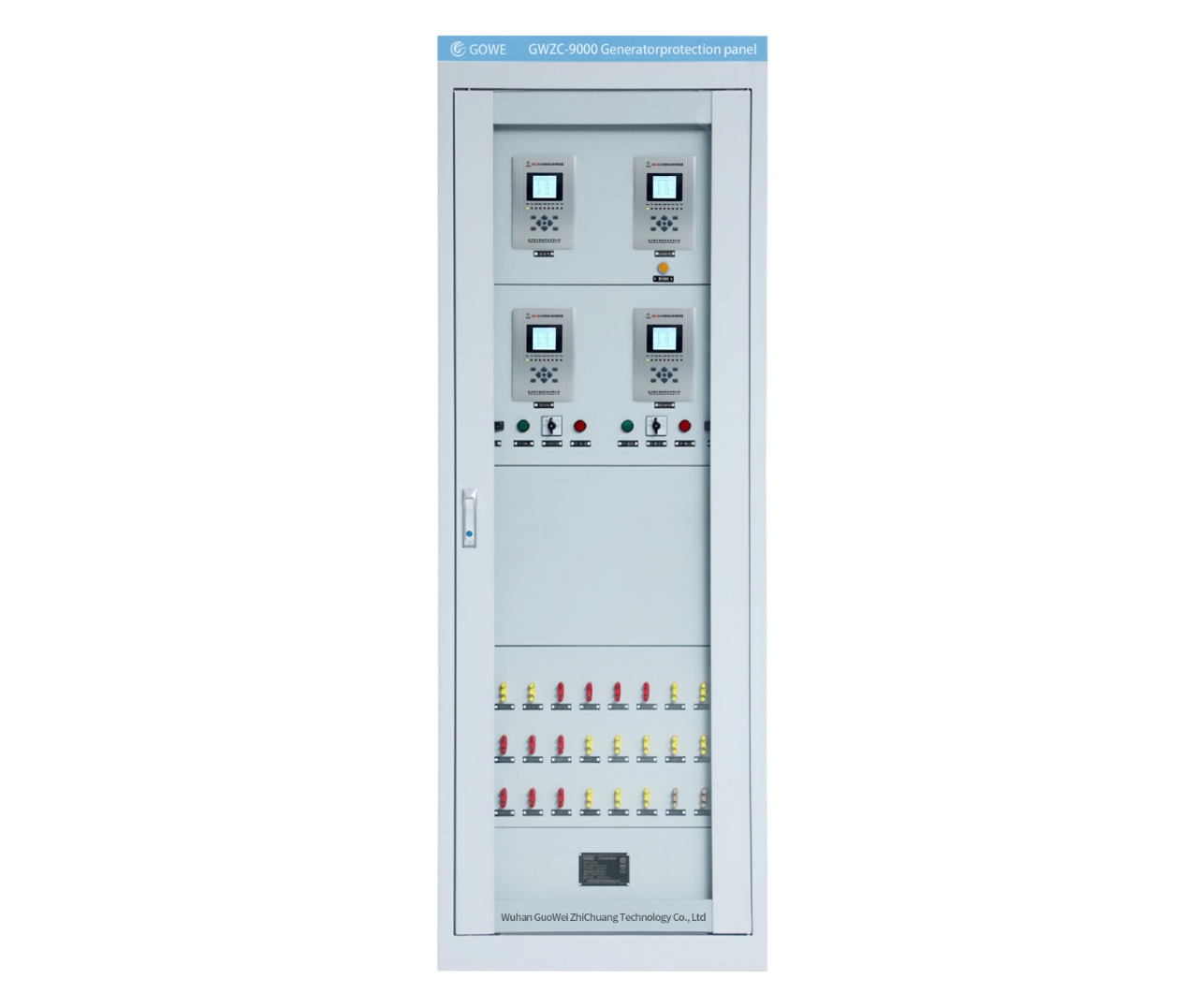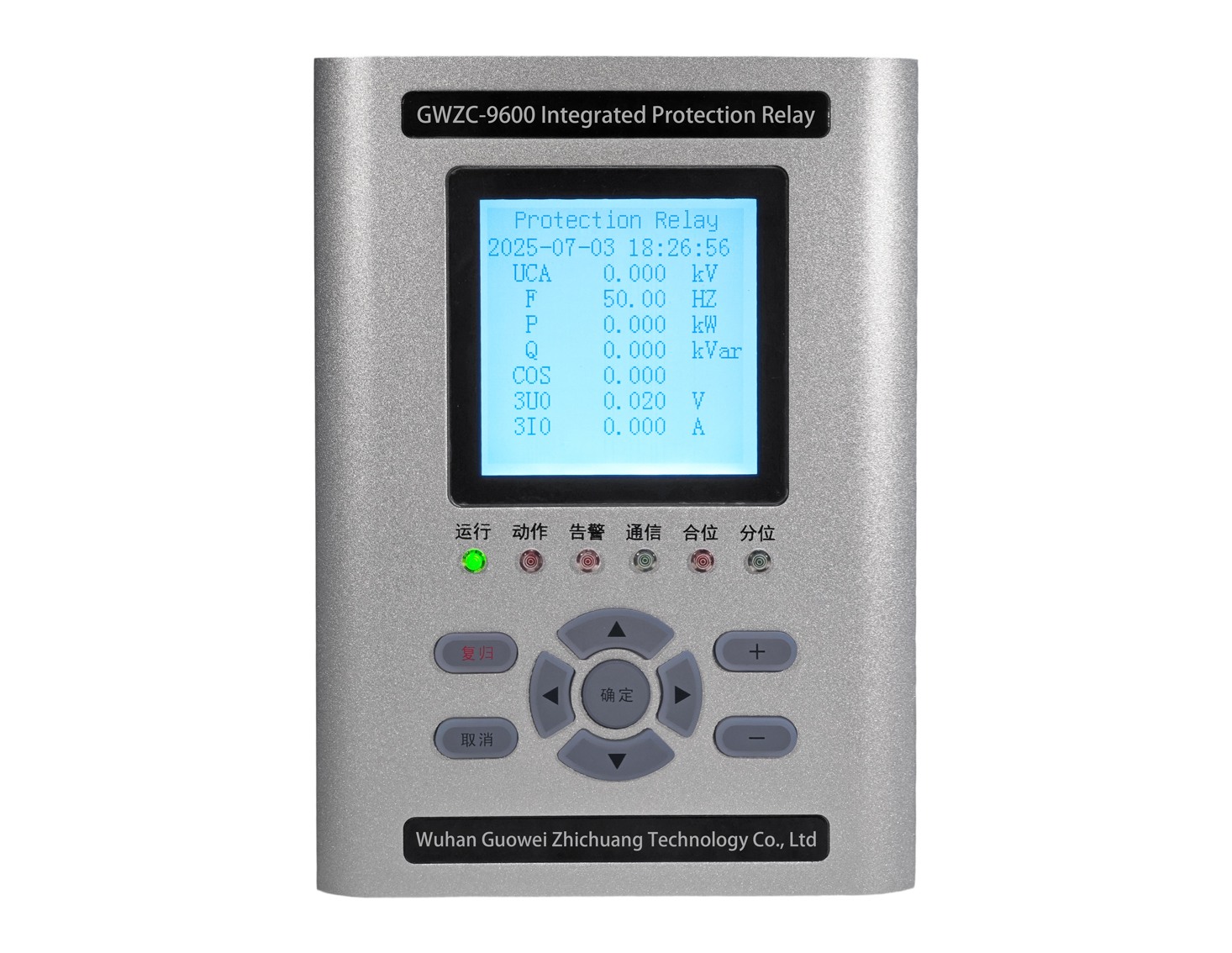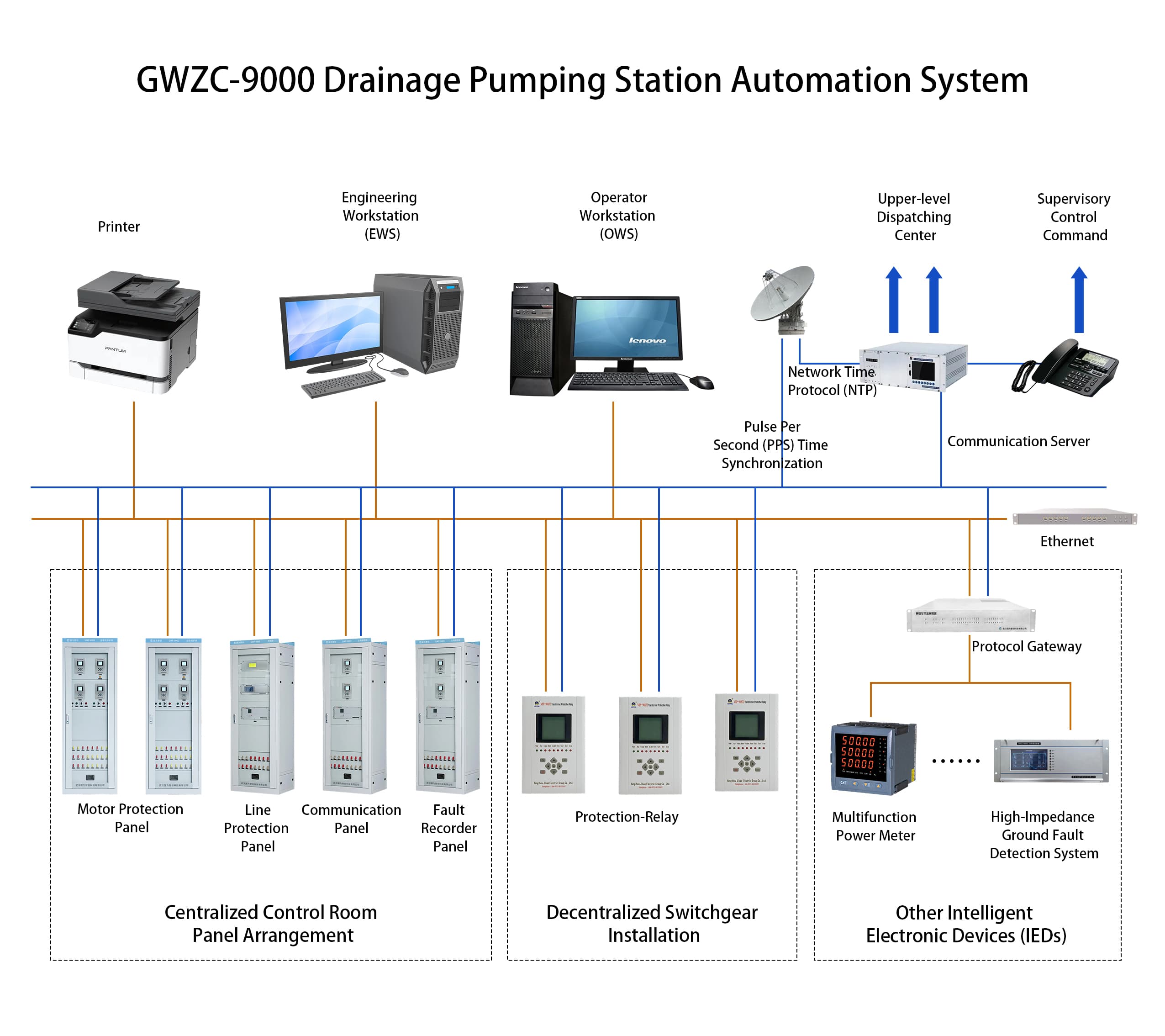

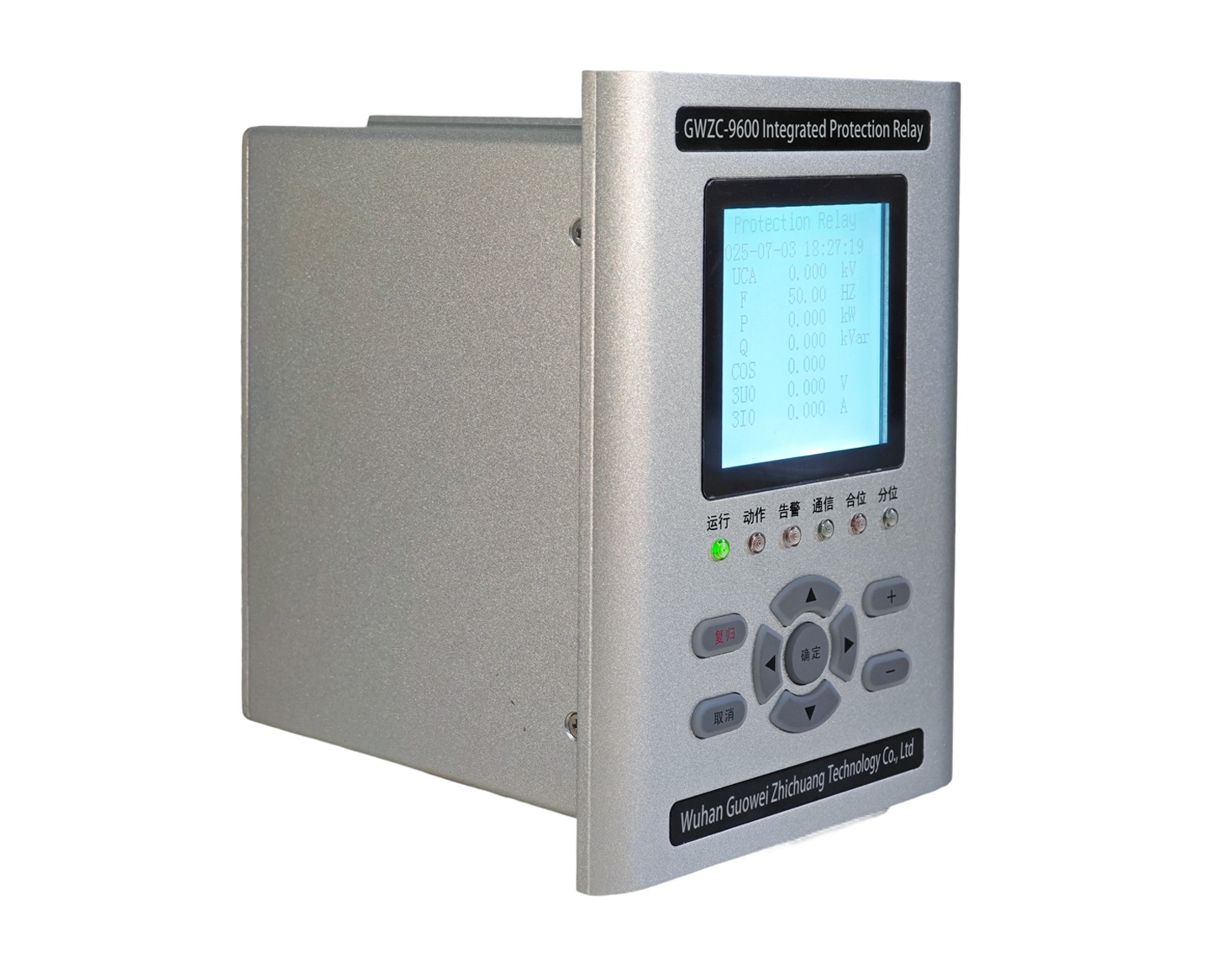
The GWZC-9000 Drainage Pumping Station Automation System integrates PLC controllers, level sensors, and remote telemetry to automate floodwater management. It monitors realtime water levels, pump status, and flow rates using ultrasonic sensors and IoT gateways, triggering pump sequencing during heavy rainfall or rising tides. SCADA enables remote operation via HMI dashboards, while embedded algorithms optimize pump runtime to prevent overflow and reduce energy costs. With fault diagnostics (motor failures, blockage alerts) and SMS/cloud alarms, it minimizes urban flooding risks. The system complies with IEC 61499 standards, supporting predictive maintenance for pumps and valves in municipal or industrial drainage networks. Benefits include 24/7 flood resilience, reduced manual supervision, and 40% lower operational costs.
1. Drainage Pumping Station Automation System
A drainage pumping station automation system centralizes control of pumps, gates, and valves to manage stormwater or wastewater in floodprone areas. It replaces manual oversight with intelligent waterlevel monitoring, pump scheduling, and emergency response protocols, critical for cities, industrial sites, and agricultural zones. By automating flood mitigation, it safeguards infrastructure and public safety during extreme weather.
2. Key Functions of Drainage Pumping Station Automation System
3. Benefits & Role of Drainage Pumping Station Automation System
Automation ensures rapid flood response, reduced energy consumption, and minimal downtime. It slashes operational costs through remote control and predictive pump maintenance, while integrating with municipal warning systems for public alerts. Essential for coastal cities, mines, and wastewater plants where manual operation risks environmental damage.
4. Major Components of Drainage Pumping Station Automation System
For technical drawings or O&M manuals, contact us at [email/phone]. Customizable for sewage, stormwater, or industrial effluent management.
